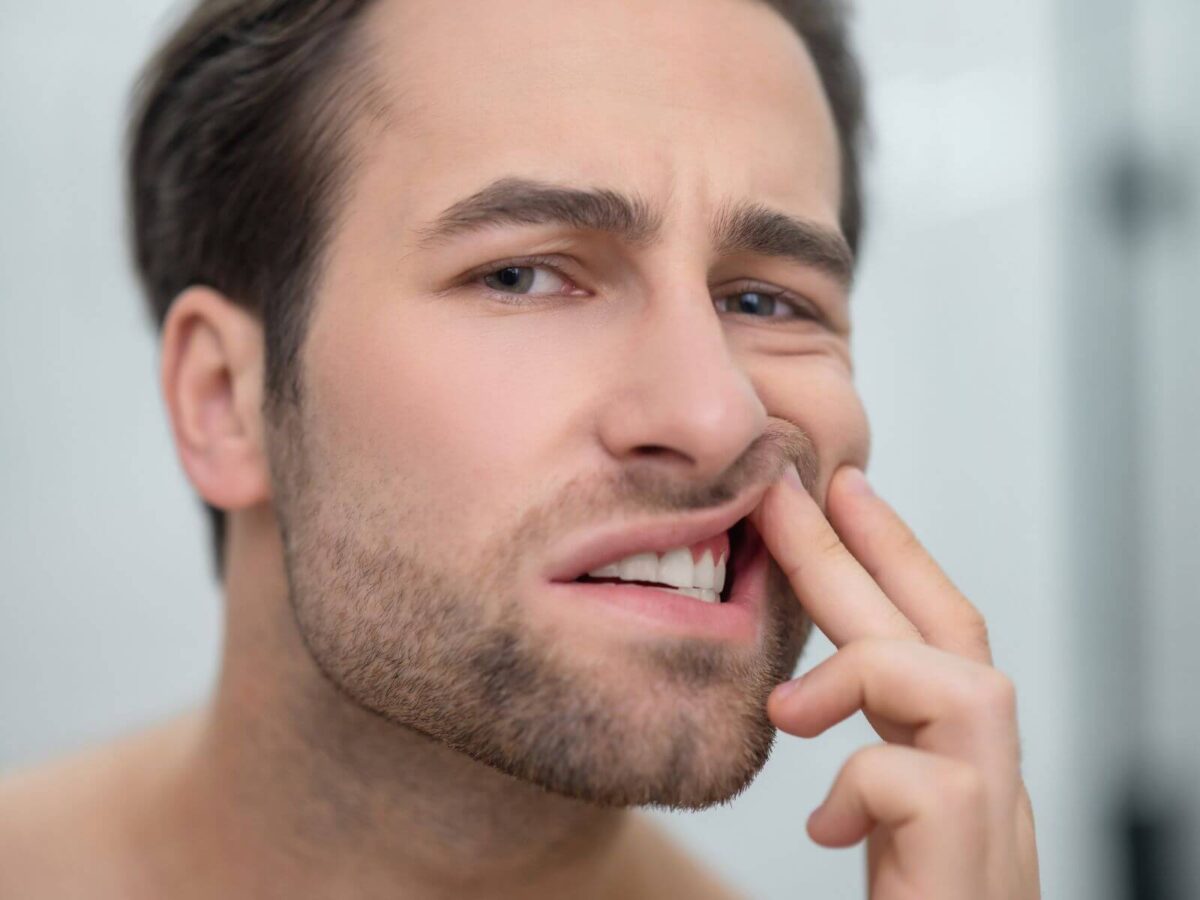Veneers are regularly used to brighten smiles. Dental professionals at Beaumont Dentist TX can repair chips, gaps, and discoloration. Many veneer patients inquire, “Do you need to shave your teeth for veneers?”
It depends on your dental concerns and veneers. Without enamel removal, veneers may appear big or unnatural. Its bulk and ugly appearance may make chewing and talking difficult. Thicker plaques can harm and hurt teeth.
Traditional veneers with minor enamel removal usually look and fit better. The causes of tooth shaves, enamel loss, and prevention will be discussed in this article. Beaumont Dentist TX will determine the best method for your dental needs.
What Do Veneers Do?
Veneers are thin shells that are created to order and placed over the front of your teeth. They improve the appearance of your teeth. Dental veneers can change the size, shape, color, and look of your teeth.
They are usually porcelain or composite materials. From installation, they provide a long-term solution to many cosmetic dental issues while maintaining a natural appearance.
Why Do Dentists Shave Teeth for Veneers?
Traditional veneers typically require the removal of a small amount of enamel from the front of the tooth. Shaving a tooth is required because –
- Effective veneer adhesion follows the tooth as the enamel fades away. This prevents over time, such as chipping or loosening, problems from developing.
- Veneers should match your teeth. The dentist removes a tiny layer of enamel to make way for the veneer. When applied, the veneer appears authentic and light.
- You might have to shave if you are seeking to correct problems such as chipped or uneven teeth. The degree of the problem will decide the degree of enamel loss.
How Much Enamel is Lost?
Usually, the operation removes a thin layer of enamel, perhaps 0.5 to 0.7 millimeters in thickness. This amount is almost exactly the thickness of the veneer, hence your tooth will retain its natural form and function.
Although shaving enamel could be frightening, your dentist precisely determines this little cut to ensure the tooth remains strong and healthy following the treatment.
Understanding that enamel does not regenerate helps one to realize that the removal of enamel is permanent. The goal is to keep as much of the original tooth structure as possible.
Do You Have to Shave to Get Veneers?
Yes, no-prep veneers, also known as minimal-prep veneers, are an option for those who prefer not to shave their teeth. You don’t have to shape or shine these veneers because they are so thin. Here’s what you should know about no-prep veneers:
- Enamel Removal: Most of the time, no-prep veneers don’t need much or any enamel cutting. If your dentist wants to join your teeth, they may only need to slightly smooth the tops of them.
- Natural Look: As thin as possible, no-prep veneers are made to look like your real teeth. They don’t make your teeth look too big.
- Less invasive: Because the tooth does not have to be completely chopped down, the procedure is less unpleasant and may be more comfortable for persons who are concerned about having their enamel removed permanently.
No-prep veneers aren’t right for everyone, though. They work best for small problems like discoloration or a small space between your teeth. Because they remove enamel, regular veneers might be better for people with serious tooth problems.
What Happens When You Cut Off Too Much Enamel?
Too much enamel removal can cause many problems:
- Teeth enamel prevents hot and cold temperature sensitivity. Too much shaving can make tooth enamel more sensitive, making eating and drinking uncomfortable.
- Enamel strengthens teeth. Too much removal weakens it, making it more likely to break.
- Shaving too much exposes the tooth’s dentin. These may cause cavities or disease.
The treatment must be performed by a skilled and experienced dentist. Dentists from Beaumont Dentist TX will carefully assess how much enamel to remove to save your teeth.
Tips to Maximize the Benefits of Veneers
Follow these steps to maintain your veneers’ appearance and durability:
- If you chew on hard things like ice, pens, or fingernails, they can break or crack veneers.
- Floss and brush daily to maintain oral health. That prevents plaque from sticking to your veneers and teeth, which is unhealthy.
- To maintain your veneers and natural teeth, visit the dentist periodically.
- Try a mouthguard. If you grind your teeth at night, talk to your doctor about getting one. That way, both your veneers and your real teeth will be safe.
Beaumont Dentist TX: Expert in Veneers Treatment
For veneers, you need to shave a few teeth. After surgery, veneers fit perfectly, stay in place well, and look like they were always there. Regular veneers are better for serious tooth problems, but no-prep veneers are less noticeable.
Talk to a dentist at Beaumont Dentist TX about the veneer choices you have. Remember that if you take care of your smile regularly, it will stay beautiful for years.






